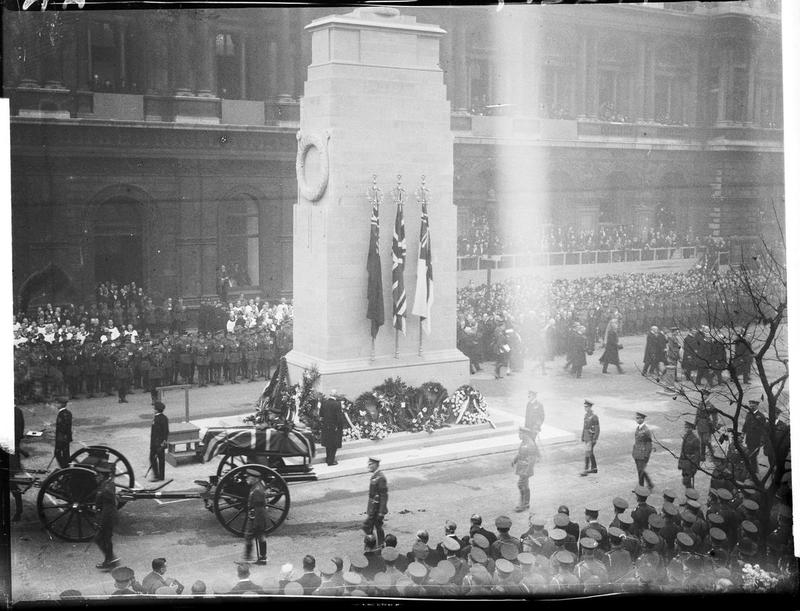
THE UNKNOWN WARRIOR AT WESTMINSTER ABBEY, LONDON, 11 NOVEMBER 1920
He was chosen to become a symbol of his fallen comrades from the Great War — the Unknown Warrior. Yet many do not know how the unidentified body came to become the nation’s symbols since it was brought from France to Westminster Abbey in 1920. Recently, a document was released explaining the selection process of the Unknown Warrior. This was disclosed by the grandson of Army chaplain George Kendall who was responsible for bringing home the Unknown Warrior.
Tim Kendall, 46, chose the Unknown Warrior from six corpses who were unidentified. He placed the remains in six identical coffins. There was no way to figure out where the remains came from. Tim Kendall was said to have discovered the story in a box in one of his grandfather’s effects. When he read the document, he realized that it was a very important part of British history. The document was typewritten by George Kendall. It explained how they selected the warrior. But his grandfather explained that he wanted the facts revealed only until after his death.
Six remains were taken to the headquarters at St. Pol near Arras and the people who waited did not have a clue where the remains came from.

The six coffins of the unidentified soldiers were placed in trestles in a hut for the night. Each coffin was covered with a Union Jack. The coffins were identical that it was difficult to distinguish one from the other. The hut was then locked and sentries stood guard outside. In the morning, a general then entered the hut and placed his hand on one of the six coffins. From then on, that body in that coffin became the Unknown Warrior.
Reverend David Railton, another chaplain, was said to have coined the idea for the Unknown Warrior. It was said that he got the idea after noticing the markings of a grave in France in 1916, An Unknown British Soldier. After four years, he communicated his idea to the Dean of Westminster, Herbert Ryle. The bodies of the servicemen were exhumed from four battlegrounds — Arras, the Aisne, the Somme and Ypres. And one was chosen to become the Unknown Warrior.
It was also reported that it was Brigadier General L. J. Wyatt who chose the body from the six coffins. The other bodies were reburied. The official sources state that the Unknown Warrior was chosen from only four bodies. The Westminster Abbey’s website supports this claim. George Kendall’s account places the previous number in question.

THE UNKNOWN WARRIOR AT WESTMINSTER ABBEY, LONDON, 7 NOVEMBER 1920
